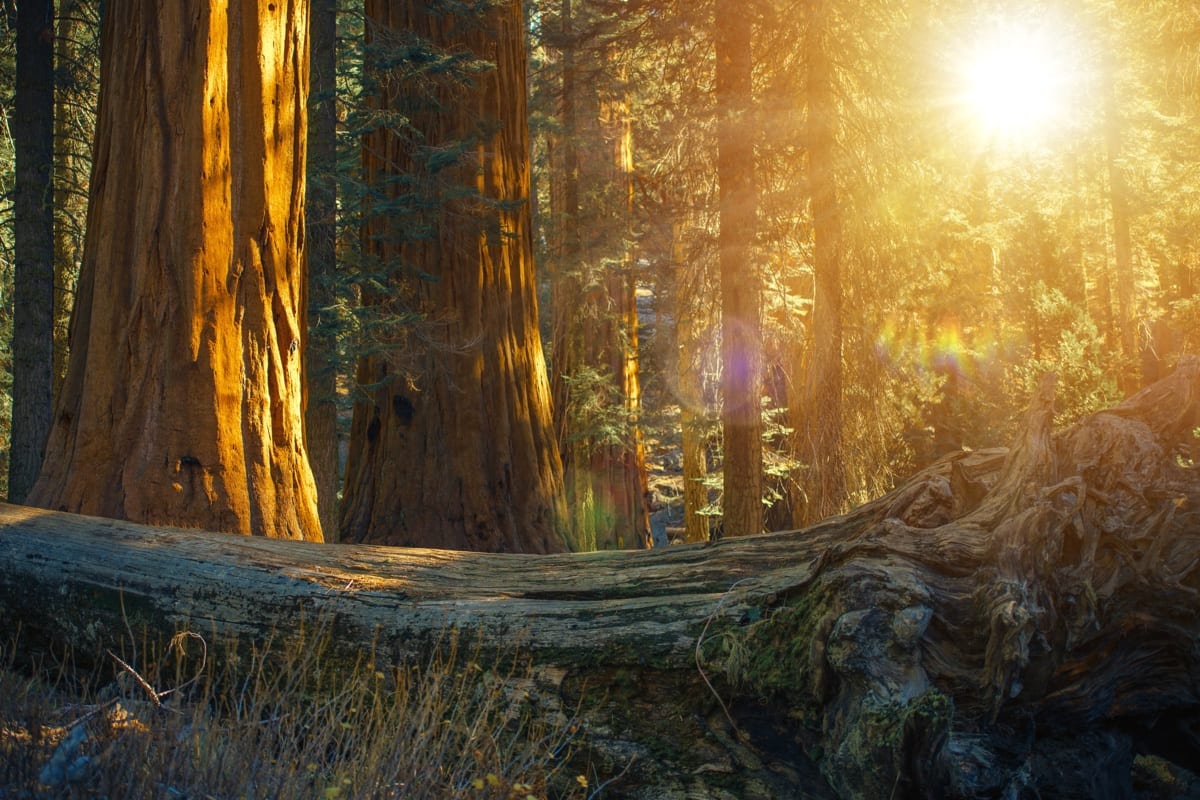738th Week: The Gifts of Silence
I would never have thought of myself as someone who is easily distractible, or even has a tendency in that direction, but I have to admit that after a number of years of attending to social media, I have learned to be distracted, which is a great surprise to me. As a psychotherapist, being focused is part of what I do every day, just about all day, and yet I notice that in my personal life my tendency now is to jump around from focus to focus in ways that are entirely new to me.
This development has gotten me to thinking about not only the benefits of regular mediation, which I don’t do in as focused a way as I used to, but also the importance and gifts of silence. Thinking about distraction took me back to some notes I collected about silence a couple of years ago and I want to share them here. The benefits of silence are profound and cultivating practices that include it becomes increasingly important in these times where there are so many ways to be distracted.
One of the first notes I found was about a 2013 study done on mice where, to the surprise of the researchers, exposing mice to two hours of silence each day “…led to the development of new cells in the hippocampus, a key brain region associated with learning, memory and emotion.” Not a small effect!
Then, there is “attentional restoration theory” which suggests that spending time in silence, as when walking in the woods, gives our prefrontal cortex time to restore itself from all the demands and distractions of modern life. This restoration helps us to focus clearly enough to be able to come up with solutions to problems or generate creative ideas.
For this week’s practice in conscious living, I invite you to add in some time for silence if you don’t do that already. If you already offer yourself silent time, time to just be still, perhaps, notice what happens if you add just a bit more, or a different kind of practice that supports silence and its companion, stillness. In addition, be sure to notice what happens in your body when you settle into silence. The more you can register the sensations that accompany silence and moving into stillness, the easier it is to reconnect with these experiences the next time you settle in.
As with all these practices, there’s no right way to do this one. Each of us will have a unique relationship to silence and to its companion stillness, so explore what works best for you. For some of us, being in nature—or imagining that we are in nature—will be the fastest way to settle into silence. For others of us, a particular body posture or position will stimulate a deepening into silence. For still others, walking anywhere away from our regular daily routine, and perhaps making a promise to ourselves not to check phones or other gadgets, might be the optimal way to have some time with silence. The key is to limit distraction and to stay focused on silence and also on stillness if that emerges as part of your experience.
Also, remember to bring along curiosity as your constant companion and to pat gently on the head any judgments that may arise as you explore this practice. The point of these practices is to help underscore the fact that, while we can’t necessarily control what comes our way in daily life, we have a certain amount of choice about how we generate and support the quality of our internal life.




